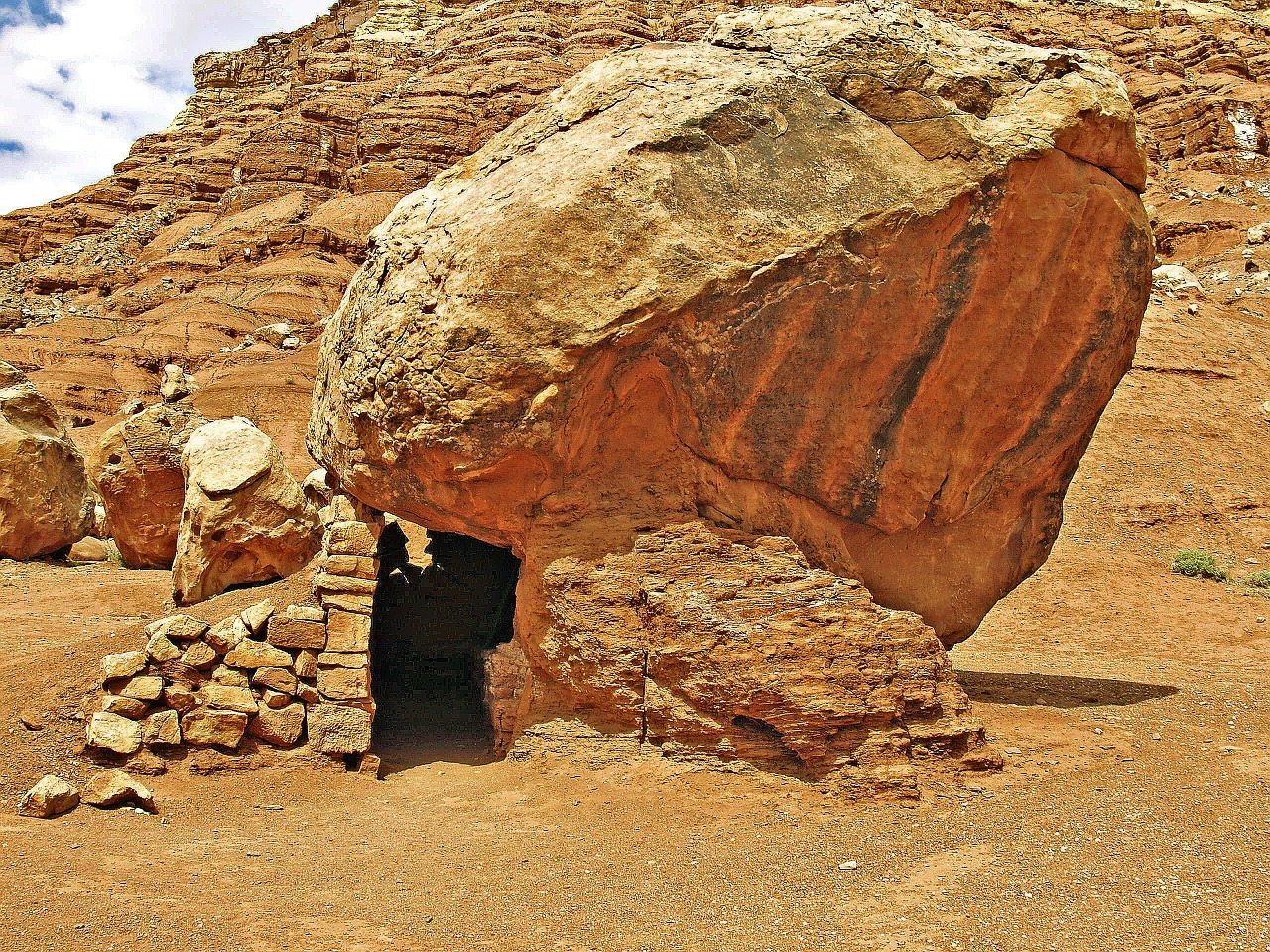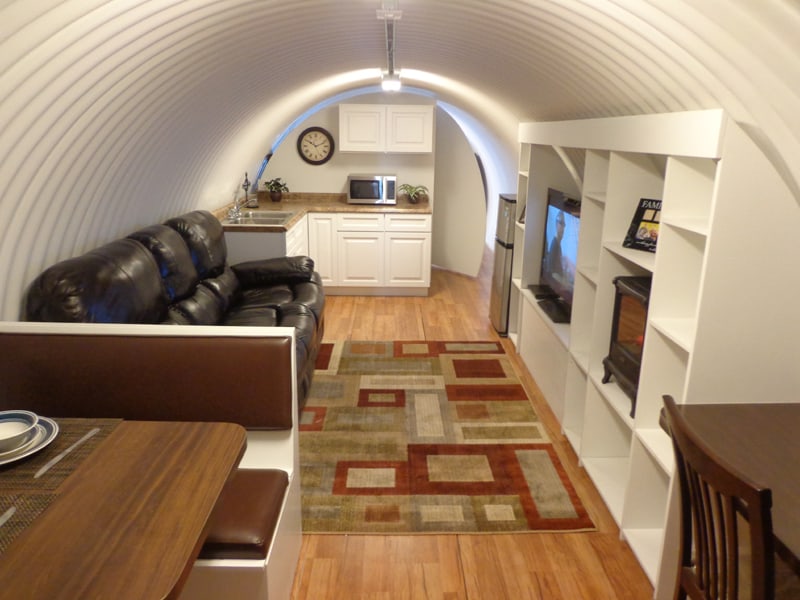Natural Shelters - Identifying And Adapting A Survival Shelter

The Only Guide for 10 Best Survival Shelters In 2021 - Tested and Reviewed by
shelter_intro Frame Shelter Shelter is your top concern in most survival emergency situations. Extreme weather can eliminate within a couple of hours if you don't have some type of shelter to safeguard you from the components. Luckily, there are a broad array of strategies and materials for getting away the elements. Inspect out my leading 15 favorite survival shelters.

Building A Survival Shelter: You Don't Have to Be Bear Grylls to Do It
Round Lodge shelter_01 The Round Lodge The round lodge is a hybrid from many cultures. Part tipi, part wicki-up, and affected by many architectural designs, a round lodge can block wind, rain, cold, and sun. It is structured like a tipi, with the addition of a solid doorway. These typically have a smoke hole through the roof, and can accommodate a tiny fire for heat and light.

How To Build A Long Term Survival Shelter - Into The Jungle
Lodge styles like this been plentiful in the historic and ancient American west. This architecture worked equally well in wetter climates, and was utilized in pre-Roman Britain. 2. Ramada shelter_02 The Ramada Sunny, hot environments need a shelter that offers shade. The ramada's flat roof does not offer you leak-proof rain protection, but it does block all of the sun from beating down on you.

Tarps, mats, or perhaps brush will do well enough on the ramada's roof as a sun block. Add some removable walls to cut the evening breeze if temps cool off, and you have a very versatile desert shelter. 3. Quinzhee shelter_03 The Quinzhee The quinzhee is a dome shaped snow shelter, similar fit to an igloo, but much simpler to construct.
The Ultimate Guide To How to Build Warm Survival Shelters - Field & Stream
To build one, start by stacking up some moveable gear under a tarpaulin. Backpacks are frequently utilized for this. Then pile snow over the tarpaulin and gear. Pack the snow down, estimating when it is two feet thick all the way around. Next, insert 12 inch long sticks around the dome.
Burrow into the side of the quinzhee, and recover the tarpaulin and gear. A Good Read inside the mound until you reach the base of every stick. This will guarantee consistent density of the dome. Make a fist sized ventilation hole in the roofing system of the quinzhee. 4. Snow Cavern shelter_04 The Snow Cavern A snow cavern may be the only shelter alternative in areas with deep snow.
